Find Any Kiosk Machine You Need And Contact Lean Kiosk Now
All Products
Select Any Product
- Request A Quote Now


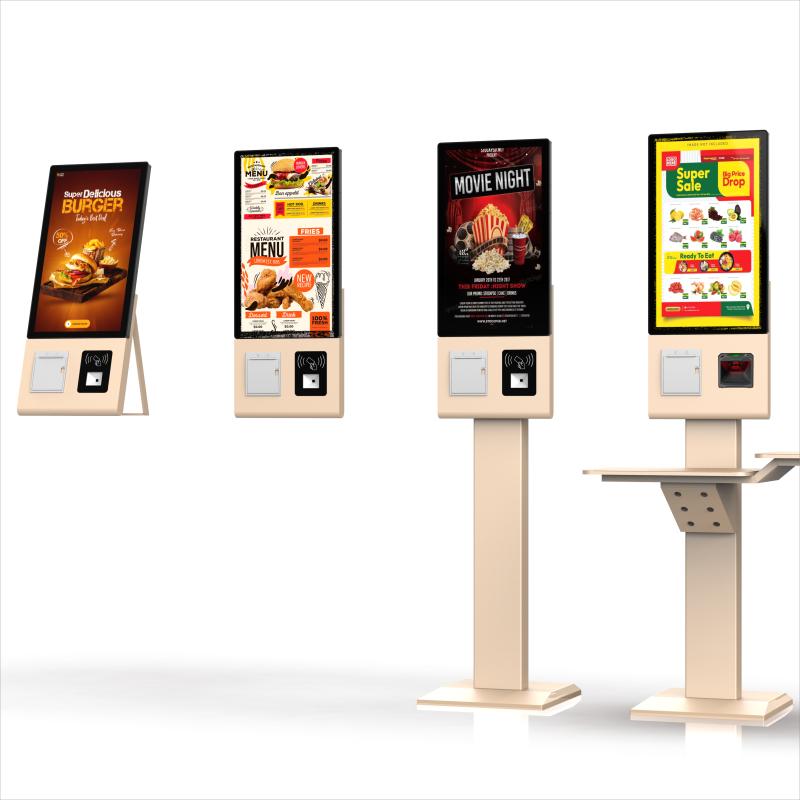
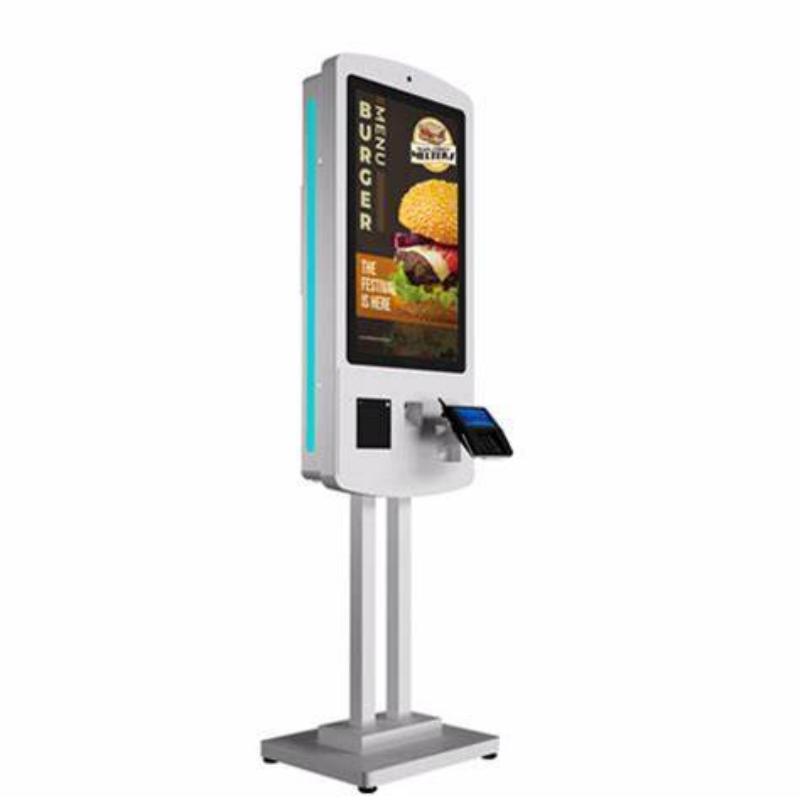
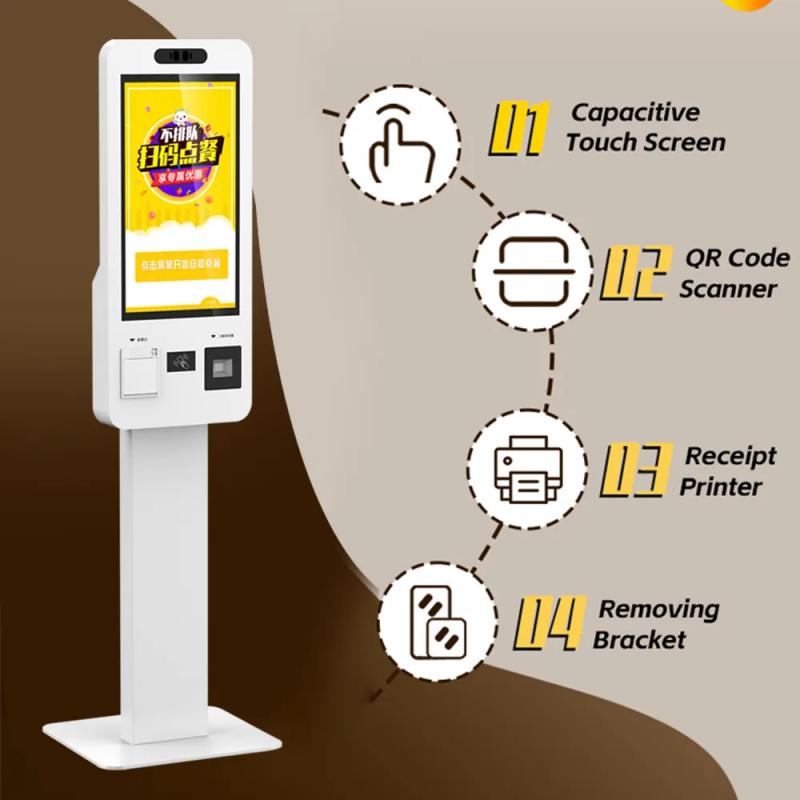
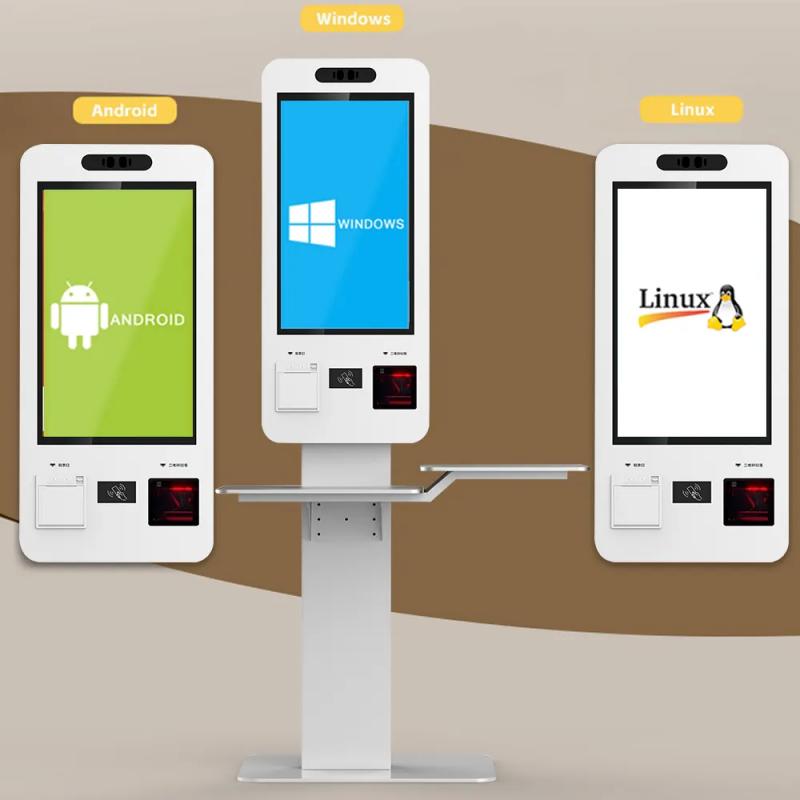
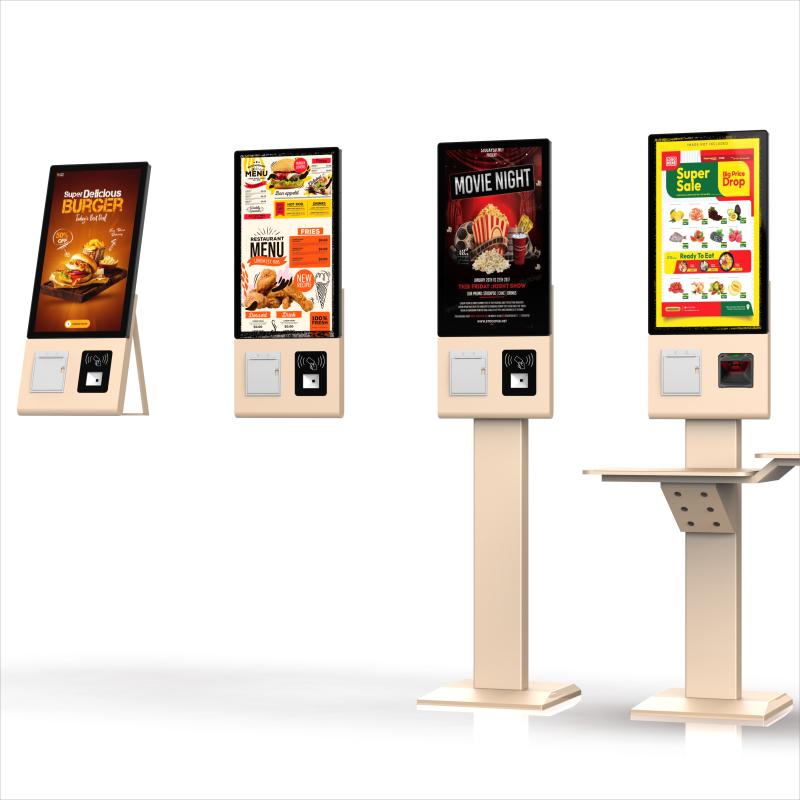



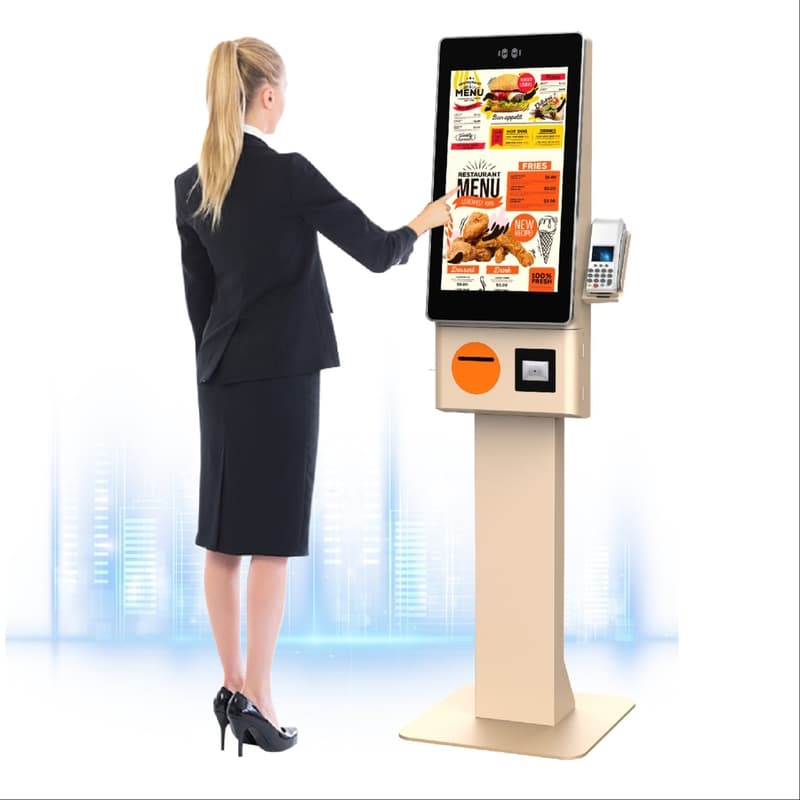

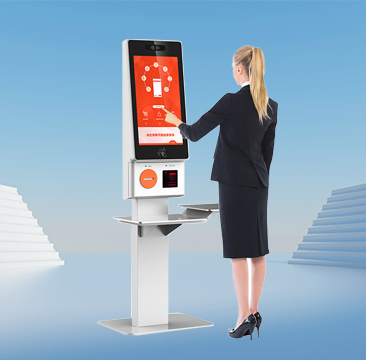
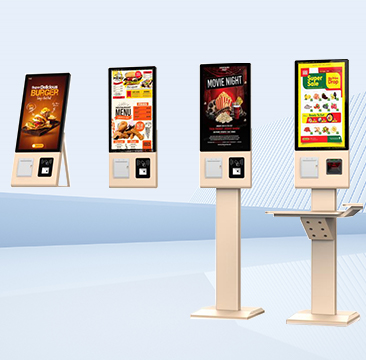

What did our happy clients say?
We’re thrilled with our new kiosk ordering system! It’s streamlined our service, reduced wait times, and the quality is excellent. Huge thanks to the team for the great support—highly recommend!
The kiosk ordering system has transformed our customer experience. Fast, accurate, and easy to use. The support from the manufacturer was outstanding. We’re very satisfied and recommend it highly!
Our kiosk ordering system is fantastic! It’s improved efficiency and customer satisfaction. The installation was smooth and the support team was excellent. Strongly recommend this product!
We couldn’t be happier with our kiosk ordering solution. It’s efficient, user-friendly, and has boosted our sales. Thanks to the manufacturer for their exceptional service—definitely recommend!